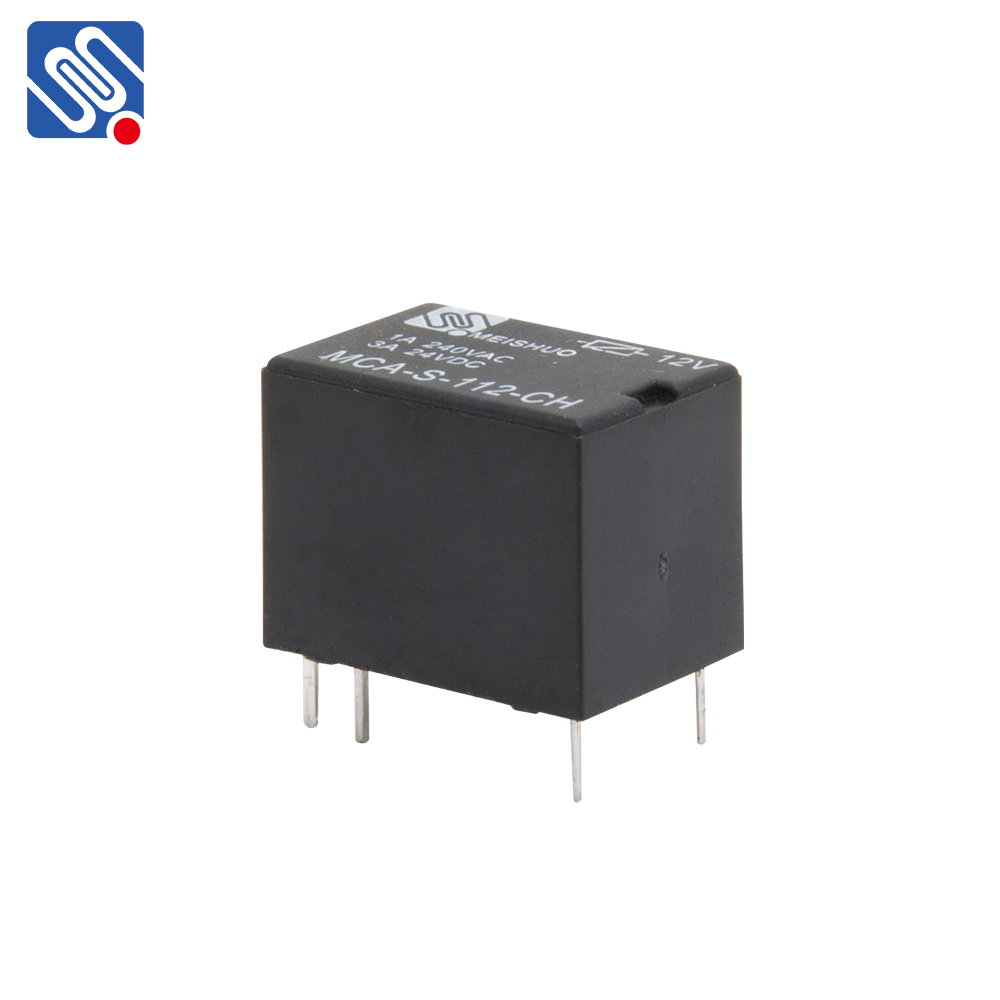Wireless relay is a vital technology used to extend the coverage, range, and reliability of wireless communication networks. This concept allows signals to be transmitted over longer distances, bypassing obstacles and interference, thereby improving the overall connectivity in areas that might otherwise experience weak or no signal reception. It plays an essential role in modern networking, IoT systems, and communication infrastructures. This article delves into the working principle, applications, and benefits of wireless relays.

What is Wireless Relay? At its core, a wireless relay is a device that receives, amplifies, or retransmits signals from one point to another without the need for physical wires. The relay works by receiving a signal from a source (such as a wireless router or base station) and sending it to a target location, often extending the range of the signal or ensuring more reliable coverage in areas where the signal might weaken or get blocked. Wireless relays can be used for various purposes, including enhancing Wi-Fi networks, enabling communication in remote locations, and ensuring robust connections in industrial applications. By acting as an intermediary, relays ensure that signals maintain strength and quality across distances and barriers.